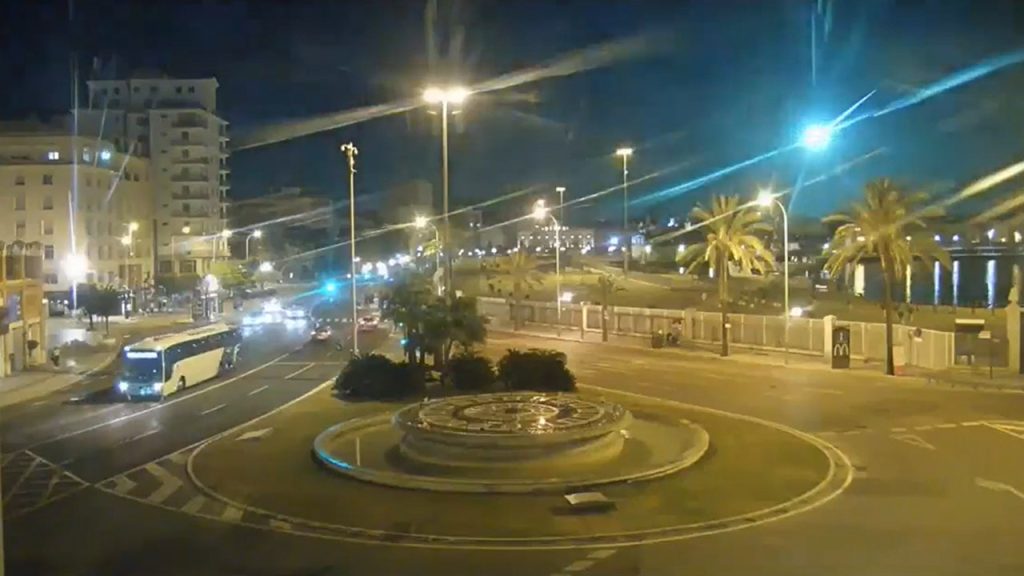Early Sunday morning in Spain and Portugal, millions of people witnessed a spectacular sight in the night sky. What seemed like a blue meteor or fireball was actually a small piece of a comet that was traveling at a speed of 45 kilometers per second over the European countries. The European Space Agency identified the object as a comet that burned up over the Atlantic Ocean at an altitude of 60 kilometers. Despite the excitement, the likelihood of finding any meteorites from this event was deemed very low.
The color of the meteor was likely due to magnesium, according to the National Aeronautics and Space Administration. The color of a meteor typically depends on whether metal atom emissions or air plasma emissions dominate. Short-period comets, which originate from a band of icy objects known as the Kuiper Belt beyond Neptune’s orbit, are responsible for events like these. These comets are dragged inward by the gravitational interactions with outer planets, making them active comets.
Social media users captured stunning images and videos of the event, with many referring to it as a “once in a lifetime sight.” The mayor’s office in Cádiz released CCTV footage of the meteor crossing the night sky at 12:46 a.m. News outlets reported the event as a unique and extraordinary occurrence, with some users even joking that it was not a meteor but Optimus Prime. The event was indeed a rare natural science phenomenon that left many in awe.
While the meteor was a breathtaking sight for those who witnessed it, the likelihood of finding any meteorites from this event was very low. The European Space Agency stated after analyzing the size and trajectory of the object that it was unlikely any meteorites would be found. The event highlighted the beauty and mystery of space, showcasing the wonders that can occur in our night sky. The color of the meteor, likely due to magnesium, and the origin of short-period comets added to the scientific intrigue of the event.
Events like these serve as a reminder of the vast and unexplored wonders of our universe. Comets that originate in the Kuiper Belt and occasionally enter our atmosphere can create stunning displays in the night sky, captivating those lucky enough to witness them. The excitement and awe generated by this event were evident in the many social media posts and news reports that followed. While the meteor may have caused a brief moment of panic for some, it ultimately left a lasting impression of the beauty and mystery of space on all who were fortunate enough to witness it.













